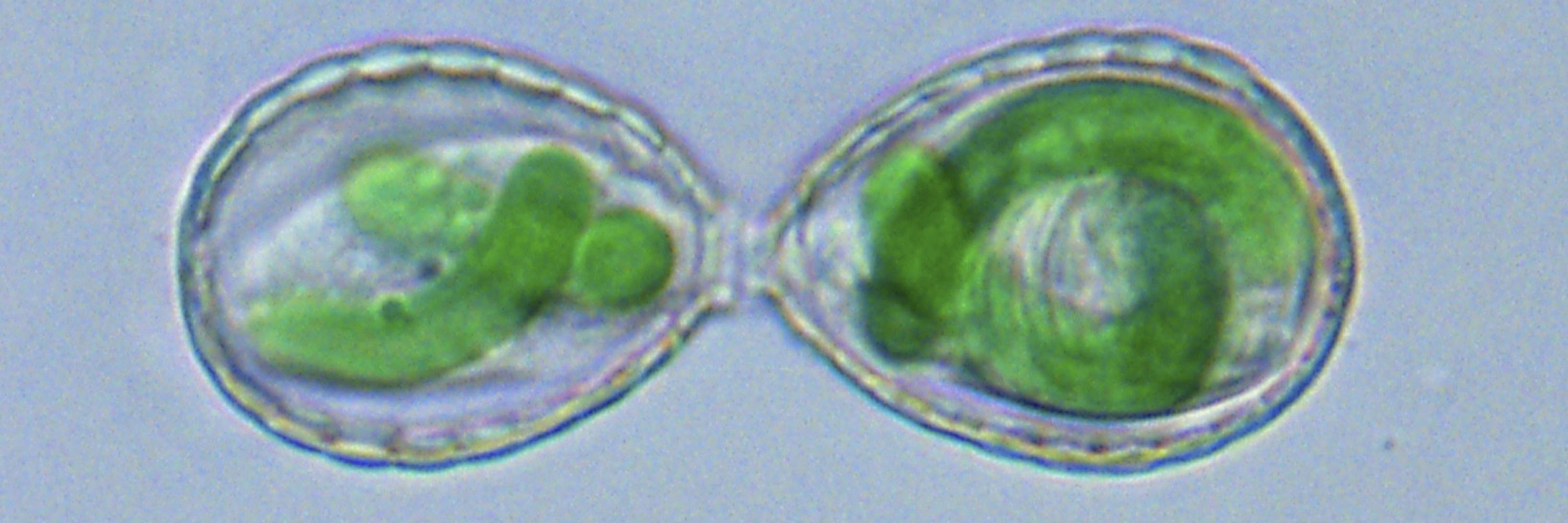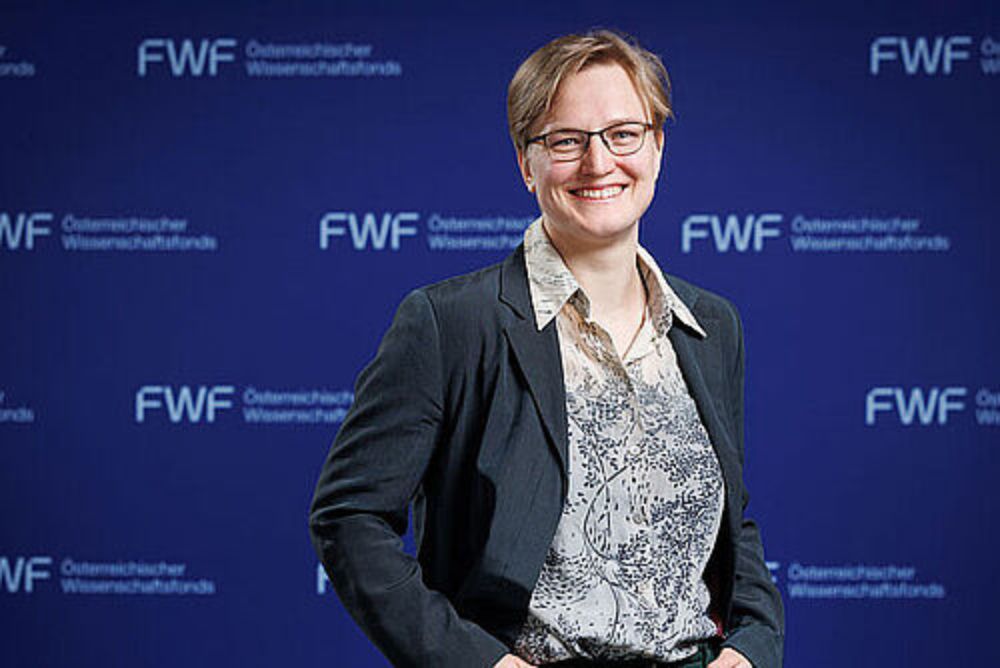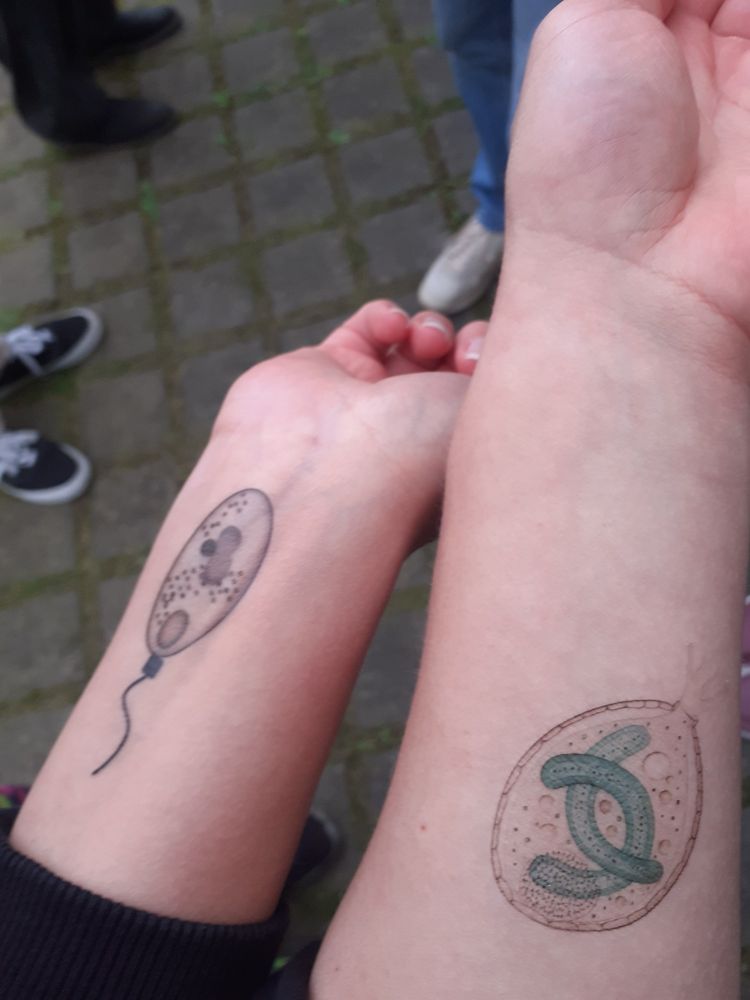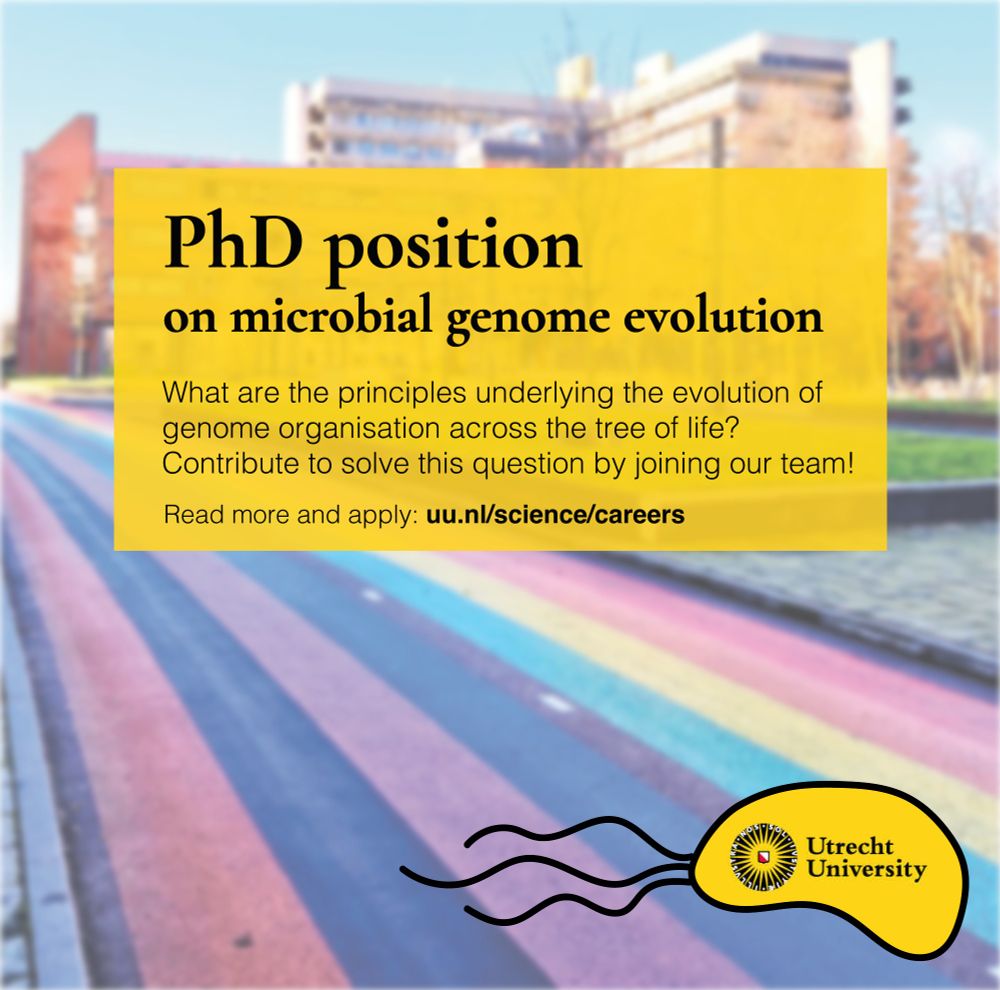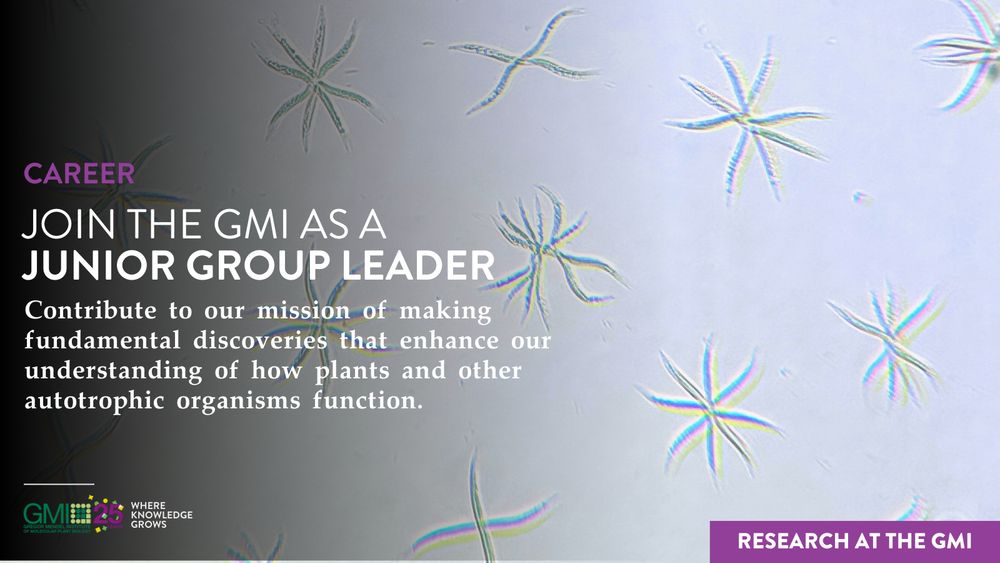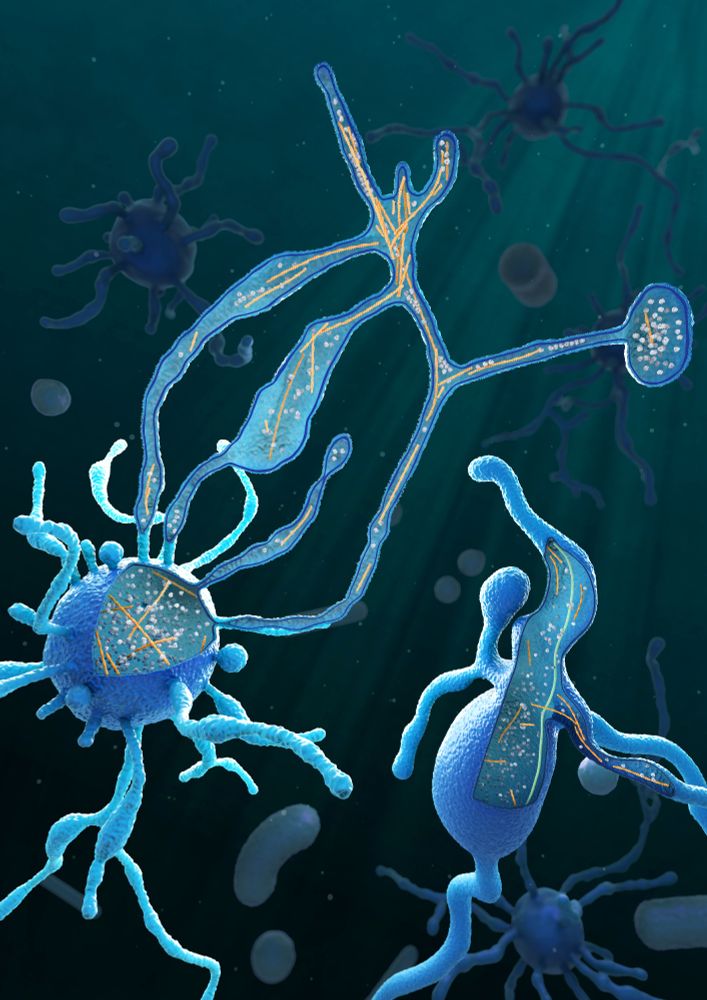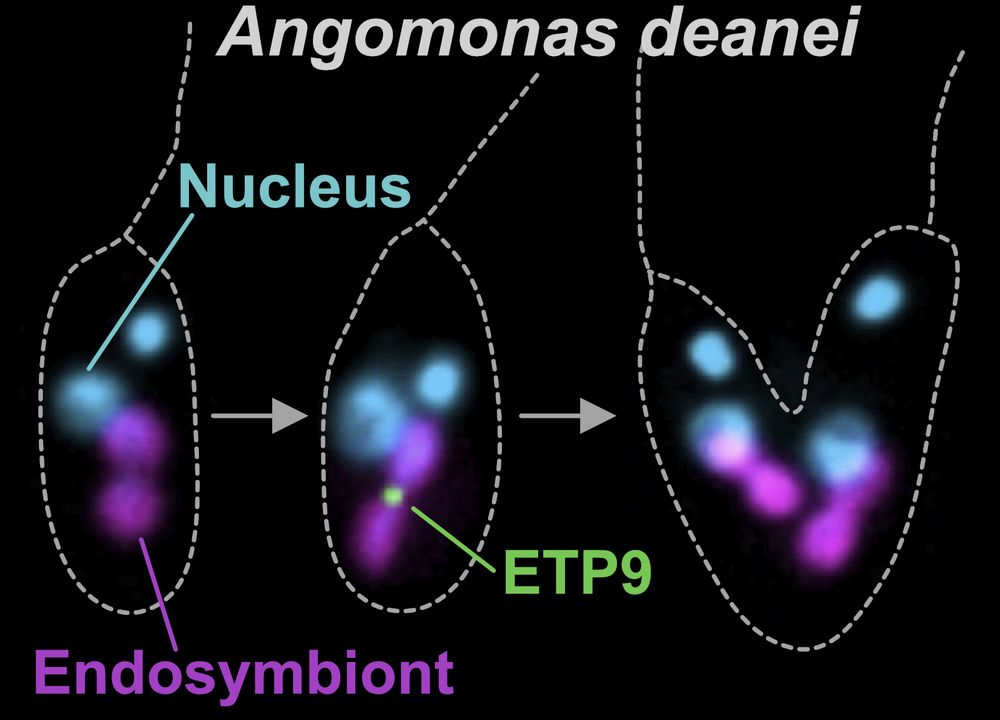Posts
Media
Videos
Starter Packs
Reposted by Eva Nowack
Reposted by Eva Nowack
Eva Nowack
@evanowack.bsky.social
· Jun 2
Eva Nowack
@evanowack.bsky.social
· Jun 2
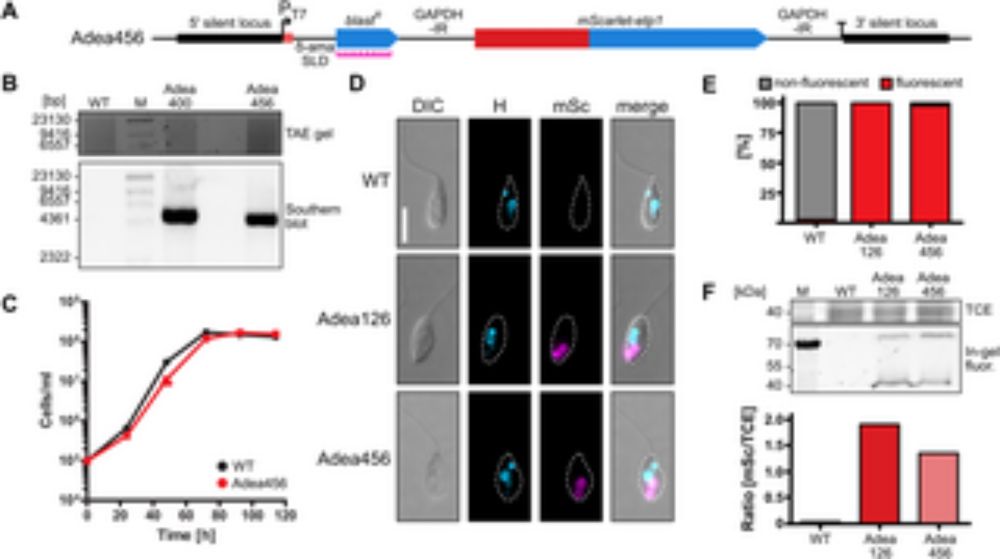
T7 RNA polymerase-based gene expression from a transcriptionally silent rDNA spacer in the endosymbiont-harboring trypanosomatid Angomonas deanei
Eukaryotic life has been shaped fundamentally by the integration of bacterial endosymbionts. The trypanosomatid Angomonas deanei that contains a β-proteobacterial endosymbiont, represents an emerging ...
doi.org
Eva Nowack
@evanowack.bsky.social
· May 22
Reposted by Eva Nowack
Reposted by Eva Nowack
Eva Nowack
@evanowack.bsky.social
· May 16
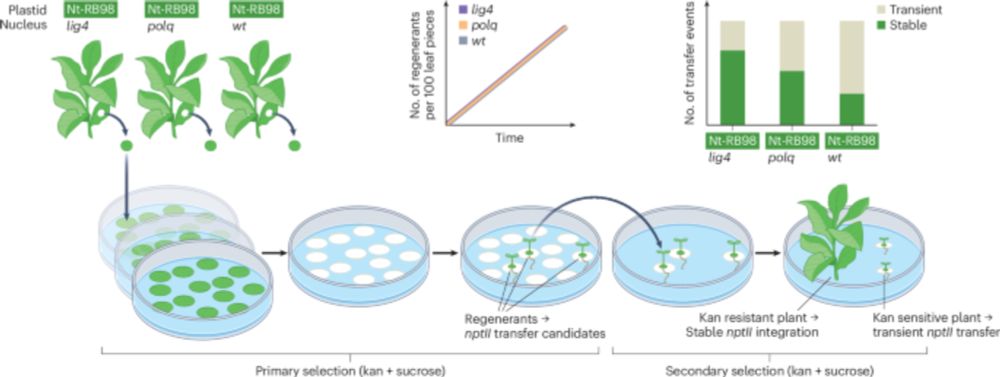
A gatekeeper for gene transfers - Nature Plants
Large-scale genetic screening for plastid-to-nucleus gene transfers identifies that fast double-strand break repair functions as a key barrier for nuclear integration of organellar DNA and provides in...
www.nature.com
Eva Nowack
@evanowack.bsky.social
· May 2
Reposted by Eva Nowack
Reposted by Eva Nowack
Eva Nowack
@evanowack.bsky.social
· Mar 21
Eva Nowack
@evanowack.bsky.social
· Mar 20
Eva Nowack
@evanowack.bsky.social
· Mar 19
